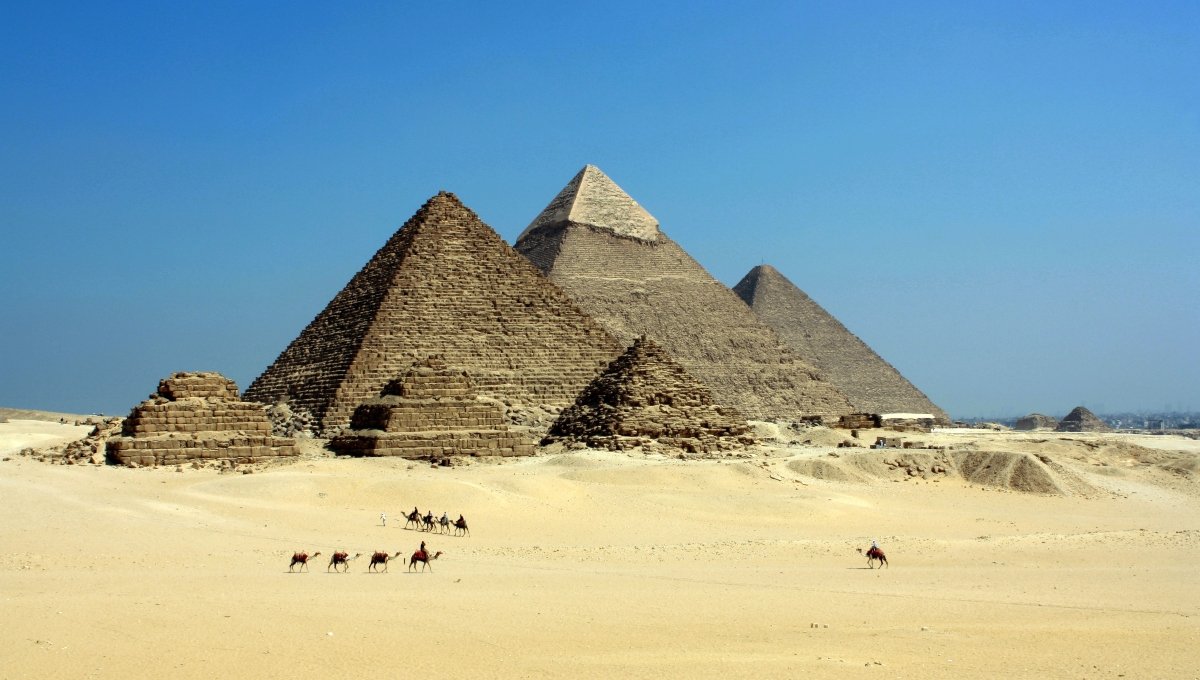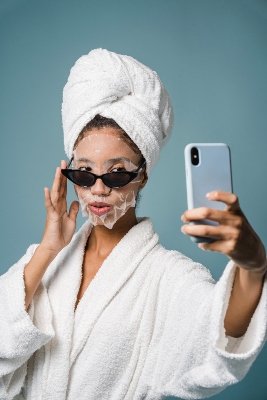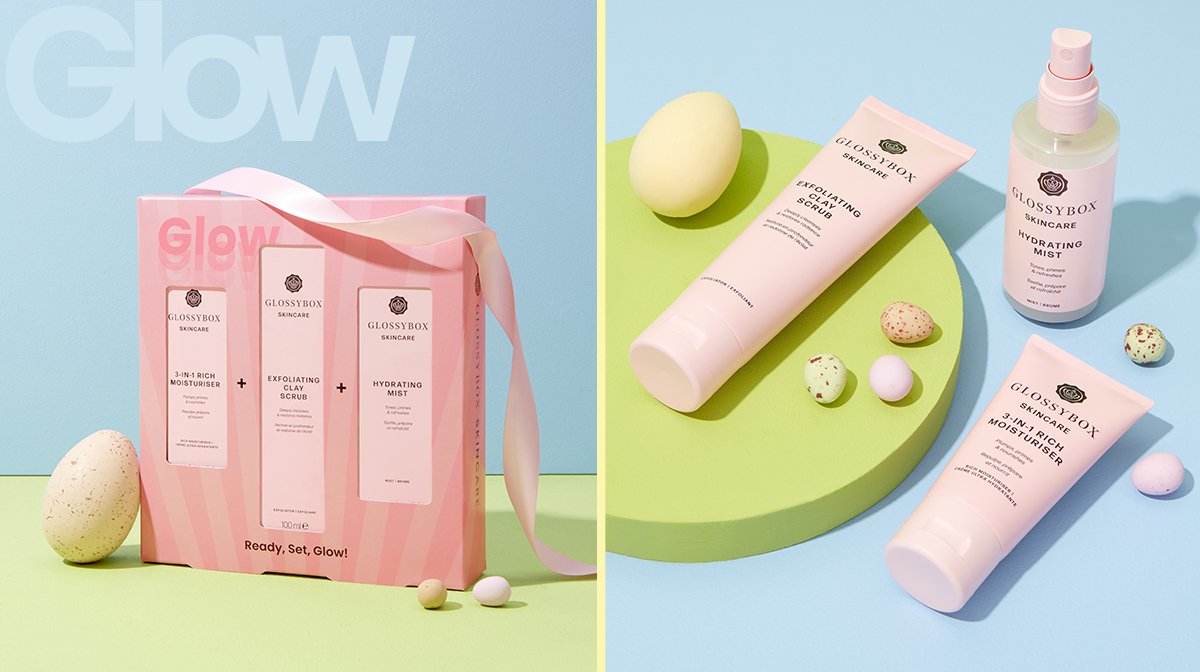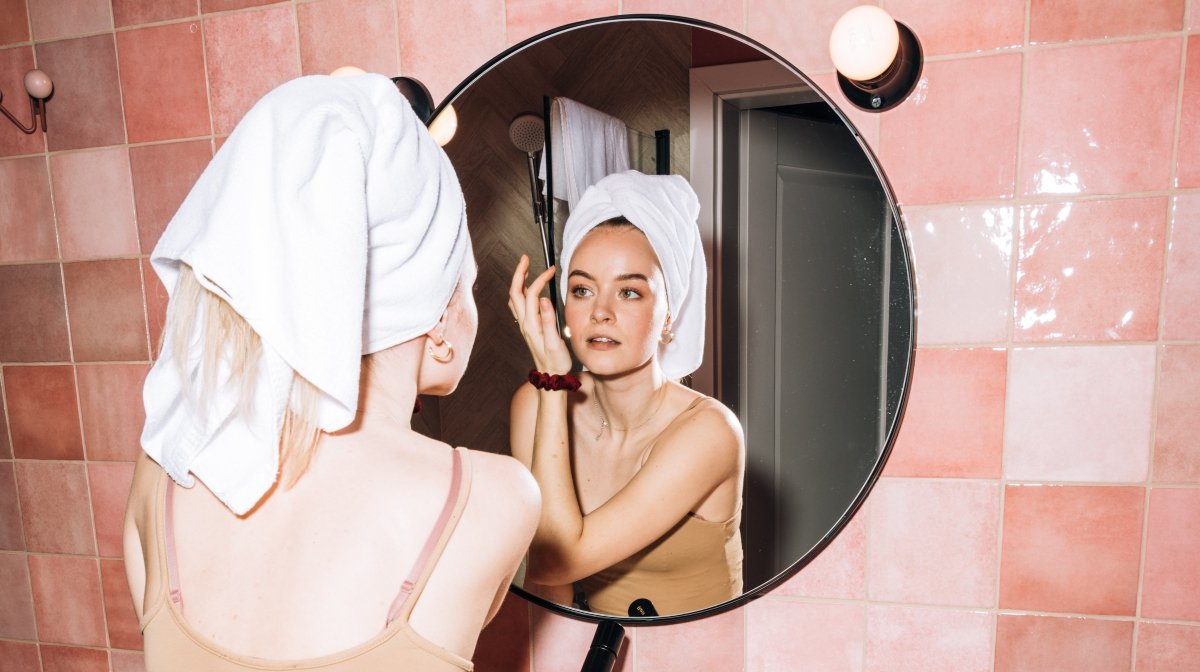In honor of Women’s History Month, and by extension, Women’s Empowerment, this month’s #NoFilter focus is on the changes and milestones in the beauty industry.
An Ancient Routine

Love of makeup and cosmetics can be traced back to ancient Egyptian times, when they presumed cosmetics were such a necessity that they went out of their way to ensure the deceased would still access them, according to the Makeup Museum.
Fast forward closer to our generation, and makeup brands were brought to our doors both figuratively and literally in catalog magazines and personal sales selling beauty and fashion.
The Digital Age of Beauty
 But now, in a digital age, one of the significant changes in the beauty industry has been the growth of the online beauty community and the rise of YouTube and Instagram stars.
But now, in a digital age, one of the significant changes in the beauty industry has been the growth of the online beauty community and the rise of YouTube and Instagram stars.
“With huge followings on social media, these stars – known as influencers to some – have quickly made an impact on the industry.
From promoting their own brands to become figureheads for big names, these new stars have opened up the industry in entirely new ways.” – Richard Emanuel, Parkfield Commerce.
An Inclusive Approach
 When beauty and marketing started their journey years ago, many brands created aspirations of beauty that were bordering on impossible.
When beauty and marketing started their journey years ago, many brands created aspirations of beauty that were bordering on impossible.
Many beauty lovers understood that they can never look exactly like the models in magazines, only recently has the extent of editing, altering, and overall photoshop of those models been exposed to reveal that the very women they try to emulate don’t exist.
And that’s not including the overall lack of representation in the beauty industry for deeper skin tones, hair types, body types, skin concerns or anything that didn’t fit a Euro-centric, supposedly flawless standard of beauty.
Fenty Beauty shook up the beauty space back in 2017 when the brand launched 40 different core shades of foundation, created to target and support many narrow shades within the category. As a result of Fenty’s efforts, more brands in the beauty industry have realized how consumers are seeking value-driven brands they can connect with on a personal level.
In addition to brands, mass retailers are realizing the need for change to meet consumer needs. Other beauty brands have responded and taken part of this positive change by going beyond skin tone with social campaigns focusing on gender equality, body positivity, etc. Brands are positioning this new messaging through strong social media content, diverse arm swatches, or featuring models of all sizes.
Cleaner Beauty

Clean beauty may be a booming part of the beauty industry, but it’s been around for quite some time. According to the Washington Post, the term popped up in the 1970s with CoverGirl’s “Clean Make-up” campaign, a reference to the fresh-faced, no-makeup look.
The clean movement has been evolving since then and accelerated within the past three or four years, with the consensus in the industry that ‘clean’ refers to products that favor natural ingredients yet often incorporate synthetics that have been deemed safe for people and the planet.
Which is a massive far cry from products that were harmful to women in the long haul of continued use, using animal by-product or testing, and unethical manufacturing practices.
